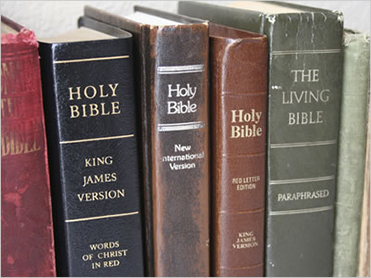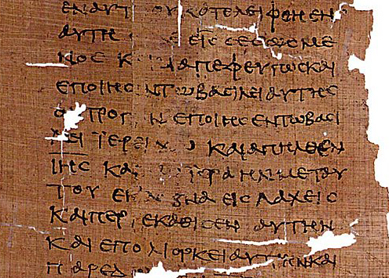Q. Which is the most accurate English translation of the original Greek and Hebrew scriptures?
A. Translation is not an exact science, because there are no exact equivalents between modern English and ancient Hebrew, Aramaic, and Greek (or between any two languages for that matter). Thus the idea of “accuracy” in translation is difficult to assess.
Generally, biblical scholars and translators speak of two opposite approaches to translation. The first is formal equivalence, where the translation tries to match the form and structure of the original as much as possible. This kind of translation is often referred to as “word-for-word” because it attempts to match each word in the original text with a single word in English. It tends to give you a good idea of what the individual words were in the ancient text, but the resulting translation sounds stiff and unnatural; in short, it doesn’t sound familiar.
By contrast, dynamic equivalence (also called functional equivalence) puts the emphasis not on individual words but on translating the overall ideas into natural-sounding, contemporary language, based on the idea that the original texts would also have sounded natural to native speakers of Hebrew, Greek, etc. Or in situations where the Hebrew or Greek appears to be intentionally poetic or archaic sounding, a dynamic translation may try to imitate that in contemporary English equivalents.
These are the two basic theories of translation, and most English translations tend toward one or the other, although some attempt a balance somewhere in the middle.
The King James Version is a classic example of formal equivalence, although the time period during which it was translated (the 1600s) means that it may now sound out-of-date not because of translation philosophy but because of changes in the English language. Modern translations that tend toward formal equivalency include the New King James Version, the English Standard Version, and the New American Standard Version.
At the very opposite end are translations and “paraphrases” like the Contemporary English Version (CEV), New Living Translation, the Living Bible, or The Message. Somewhere in the middle are two of the most popular translations, the New Revised Standard Version (slightly more formal) and the New International Version (slightly more dynamic).
The best thing to remember is that no translation is perfect, and thus a useful exercise is to compare two or more translations. You can read a few different translations on BibleOdyssey.org by clicking on the Bibles tab at the top. Or there are numerous other websites that offer nearly every translation imaginable.




